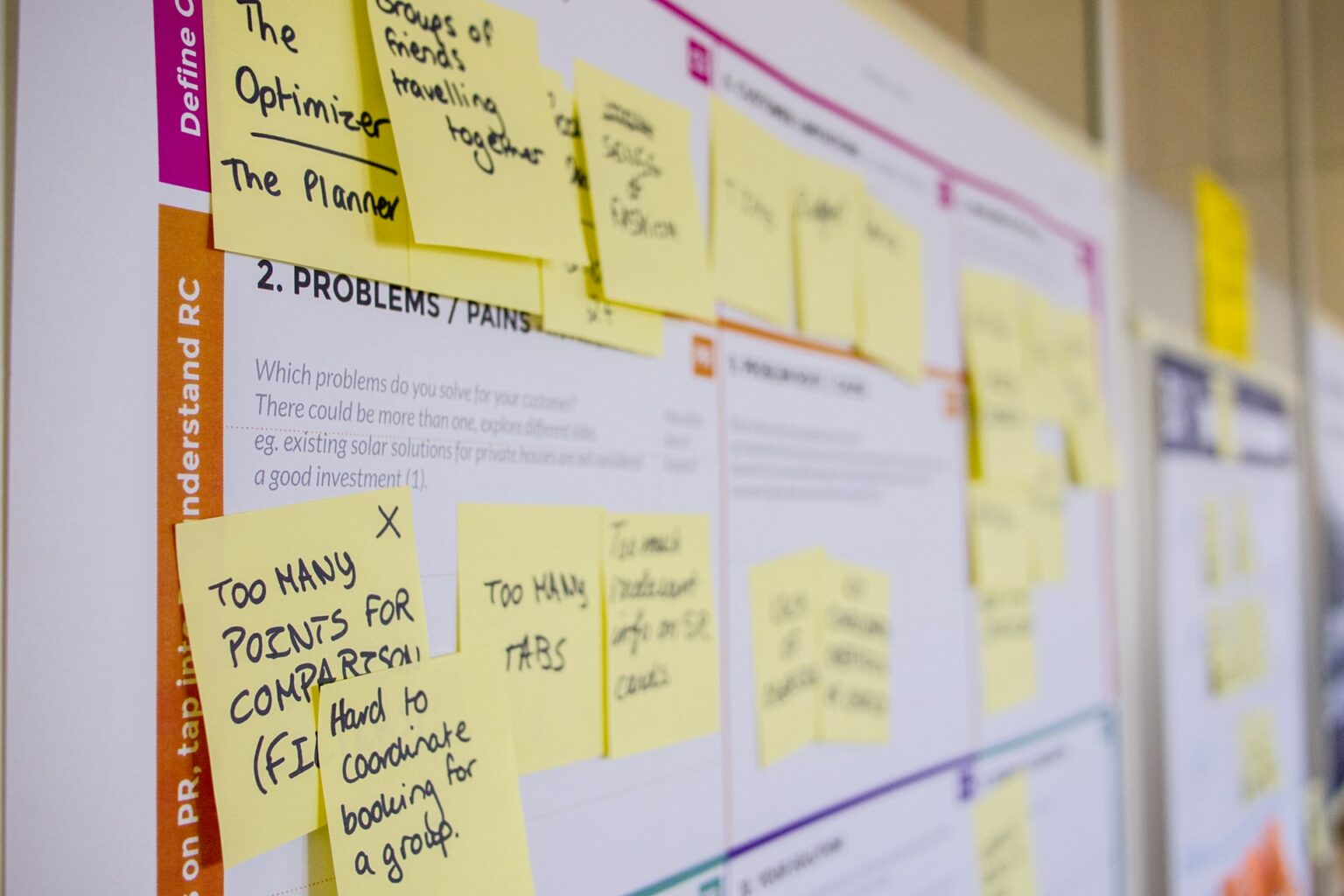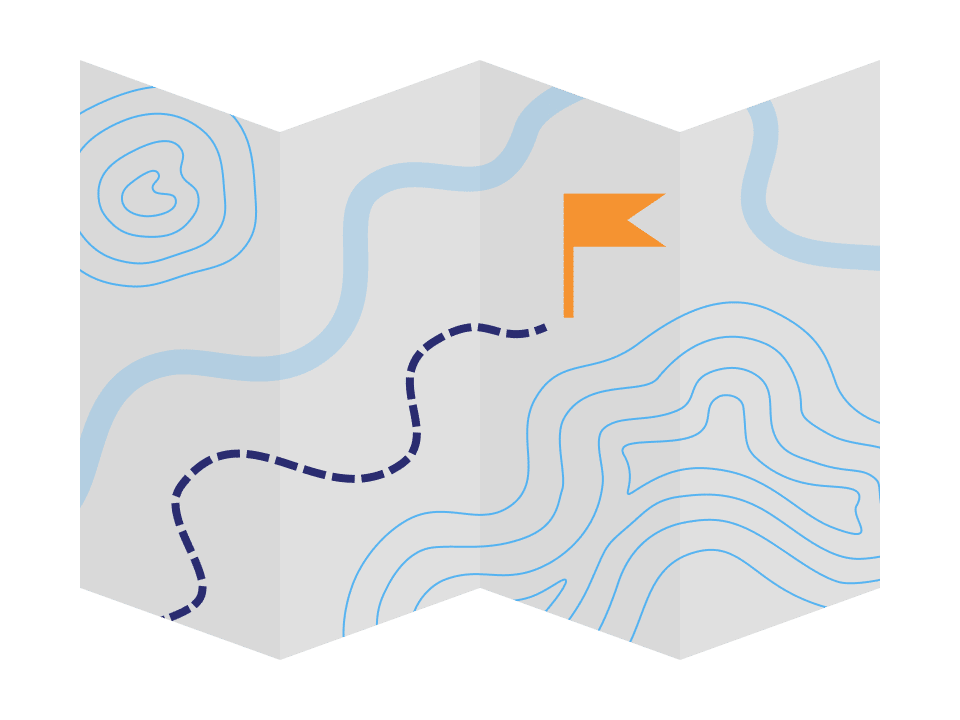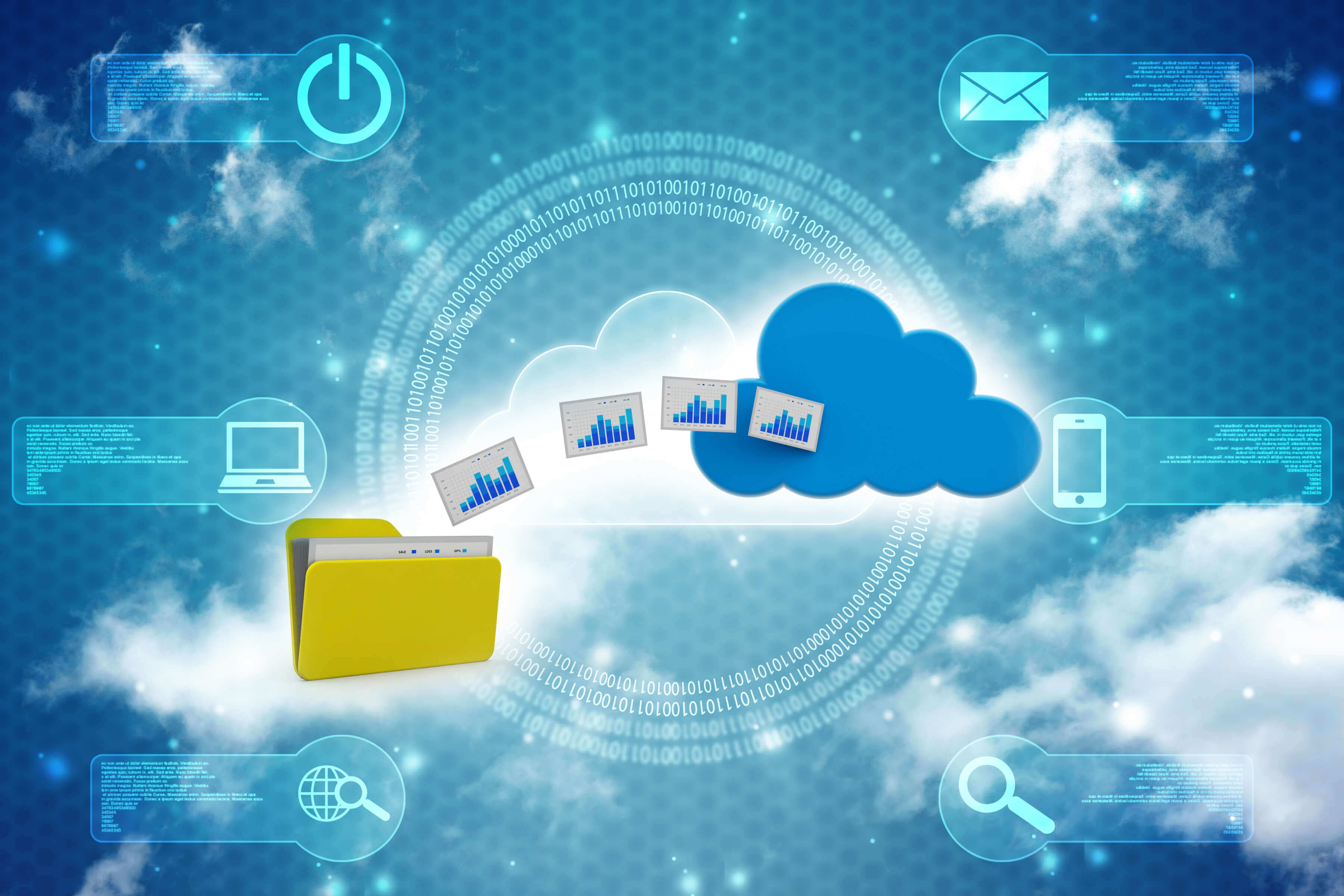Category: Application Modernization

In an attempt to bypass all new emerging threats, numerous SaaS owners have gone for the leading security standard – ISO 27001. Many companies, though, are still contemplating ISO certification so we have created this article to clarify:
- Why comply with the ISO 27001 standard
- What ISO 27001 is and what it covers
- What benefits of ISO 27001-compliance SaaS gets
- How to prepare for ISO 27001 audits and certification
- How Romexsoft can help SaaS become ISO compliant.

We have written this article to aid professionals who are embarking on their first application modernization journey.
This article explains:
- How having a smart application modernization roadmap can help.
- How you can use the AWS app modernization framework in the process.
- Where to start if you want to create an app modernization roadmap yourself.
- How to create an application modernization roadmap using our advices.

We created this article to talk about:
- What benefits every SaaS company should expect from App Modernization?
- How to align an Application Modernization Strategy with business goals?
- How to Modernize SaaS Apps and Platforms they are run on?
- How to build a real-world App Modernization Roadmap?

In this blog you will find a brief outline of AWS and Heroku, namely:
- Overview of Heroku (its benefits & main working principles)
- Difference between AWS and Heroku
- Pros & Cons of Heroku
- Pros & Cons of AWS
This article will assist you in making an informed decision in favour of either AWS or Heroku.

Want to implement a disaster recovery plan, but don’t know where to start? This blog will be useful for any company that owns the IT infrastructure. It doesn’t matter which storage method you prefer to use: either on-premise or cloud has to be protected.

Get to know how to automate your service desk to reduce IT support costs, increase operational efficiency and deliver better CX to your end-users.

Get to know the most effective Fintech application scalability techniques from an experienced software development team.

Looking for the best APIs to integrate with your fintech solution? In this blog we will help you understand:
- What is an API integration?
- Essential integrations for Fintech products used for
APIs offered by fintech platforms will help you reduce fraud and other financial risks, enhance security, eliminate the paper hassle, enable instant integration with popular accounting platforms and much more.



